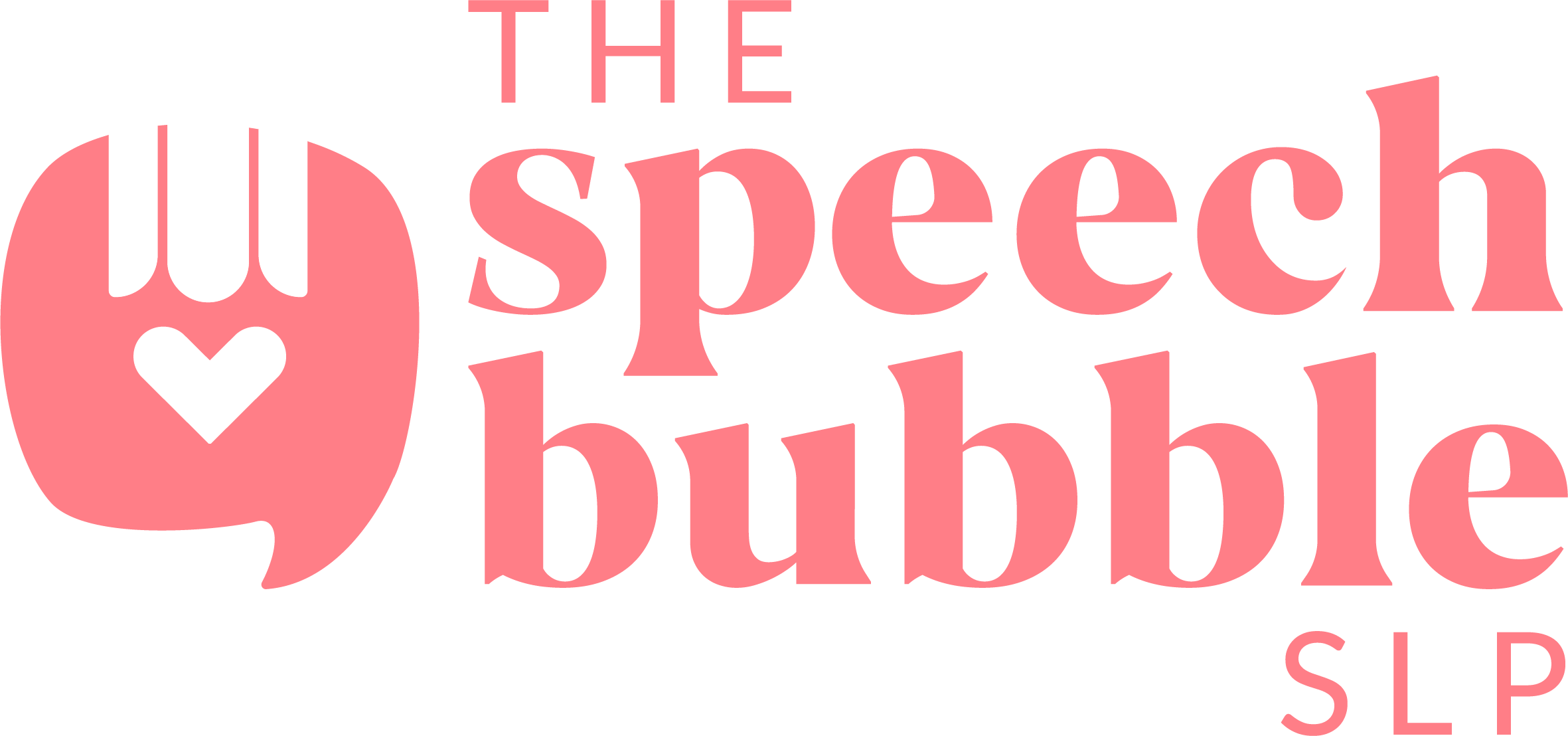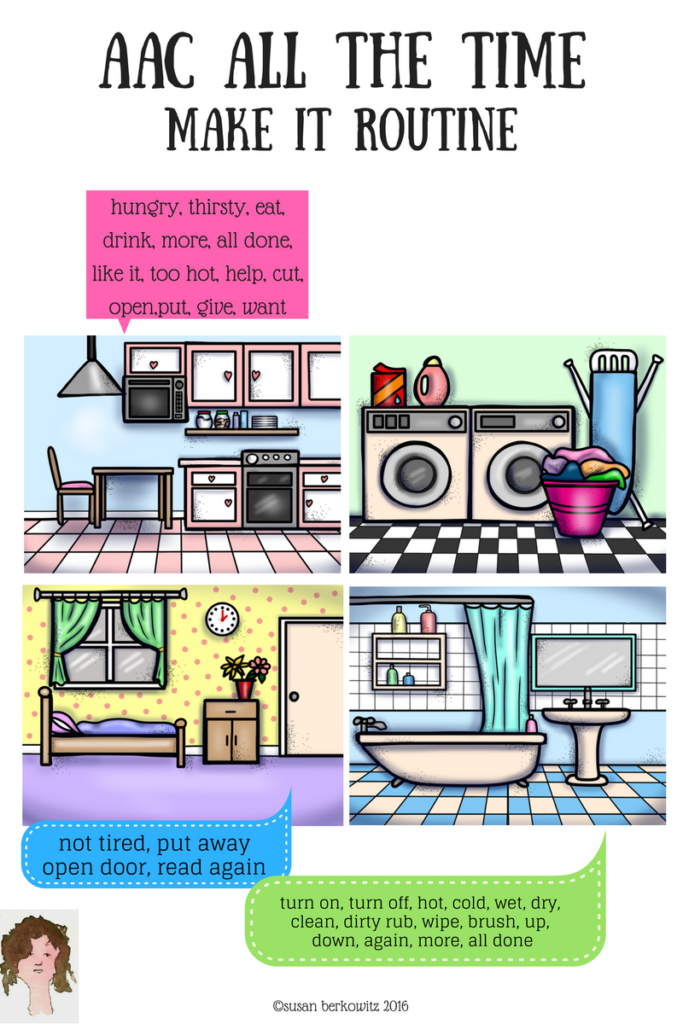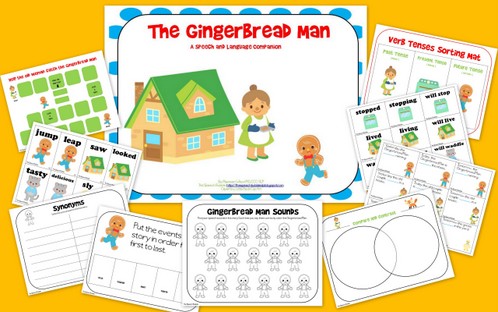5 Ways to Implement AAC in Daily Routines
Unsure of how to create daily opportunities for AAC implementation? Afraid of needing fancy tools or expensive resources? Here is how to do it without needing to change what you are already doing throughout the day: routines.
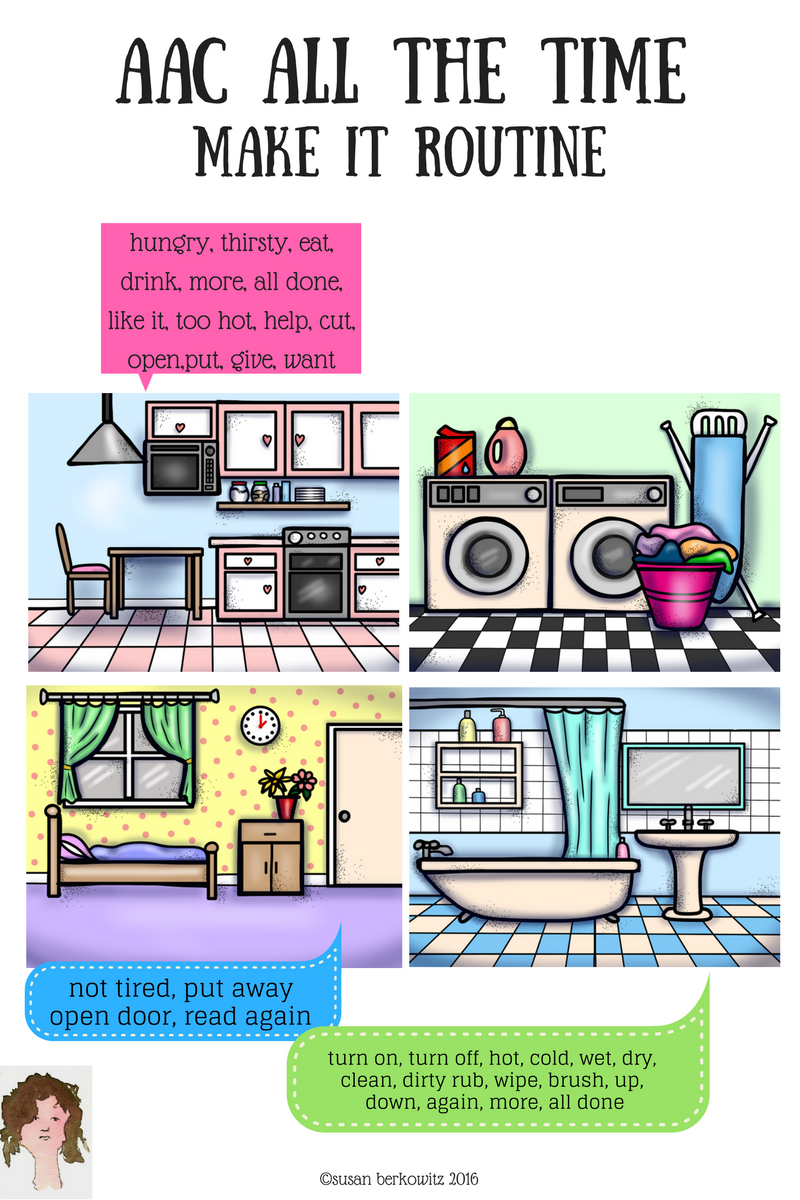
Typically developing children first learn language based on the routines and familiar activities within their environment. Routines by definition are predictable, use predictable vocabulary, use predictable sequences, and occur frequently. They create a structure onto which children can build language; especially vocabulary words.
Choice making is also an early language opportunity that is already, or can be easily, built into daily activities and routines. Offering students choices of what is done, where and when it is done, and/or with whom can provide students with opportunities to exert control over their environment and learn about the usefulness of communicating.
By taking a look at how the classroom day unfolds, we can create simple scripts for routines that help build communication by providing communication partners with the vocabulary needed for each step within the routine for a variety of communication functions.
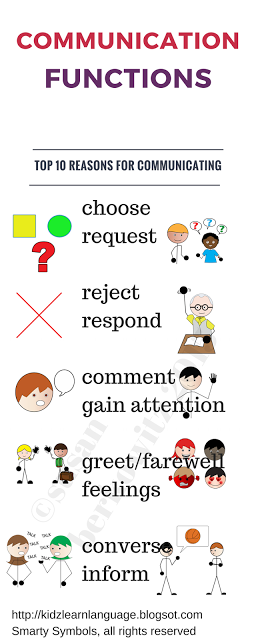
Every classroom day begins with students arriving or, in a more structured activity, specific greetings and acknowledgement during circle time or morning meeting. This is an opportunity for students to learn greetings exchanges, make comments, express feelings, and learn names.
Every student’s day has at least 1 mealtime, and often students also have breakfast and/or snack at school. Again, this is a daily routine with specific actions and opportunities. Students can express choices, make requests, protest, comment, express opinions, ask for help. Students who purchase lunch have more natural opportunities for communication than students who bring their meal, but either way staff can provide opportunities for talking about not just the meal, but how the student feels about it, what he likes or doesn’t, and what he is going to do at the break time that typically comes after lunch.
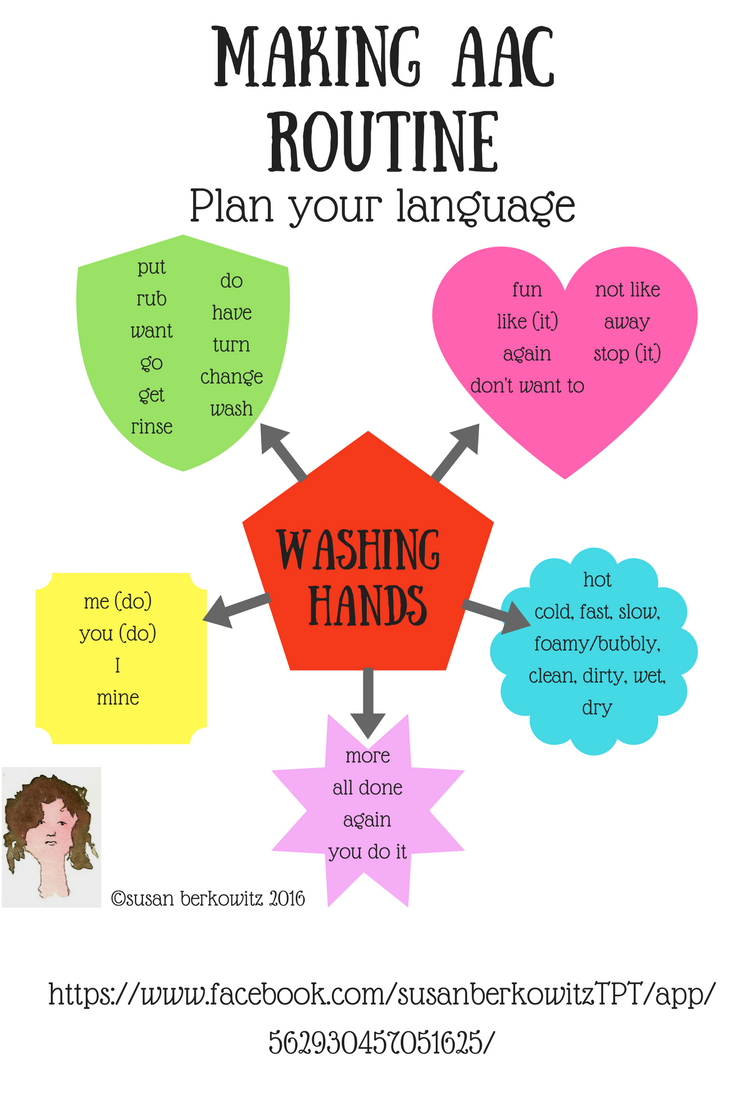
Additionally, students typically wash their hands before lunch and often after it, as well. Staff can provide input in the form of directions and can sabotage the process by moving the soap or towels out of reach; so that students need to ask for help. Describing words, like clean and dirty, can be modeled, as well as the vocabulary for each step in the sequence.
So, to recap, it is easy to implement AAC in the classroom by
1. Offering choices as often as possible
2. Using consistent vocabulary and sequences within frequently repeated classroom routines
3. Sabotaging the environment during a routine task so that students need to communicate
4. Utilize simple scripts within routines so that staff are consistently modeling the same vocabulary and sentence types
5. Make sure to model vocabulary used during routines that goes beyond requesting; to include commenting, providing information, asking questions, and other communication functions
AAC implementation does not need to take a significant amount of planning time or equipment. Just think about the language you use routinely.
